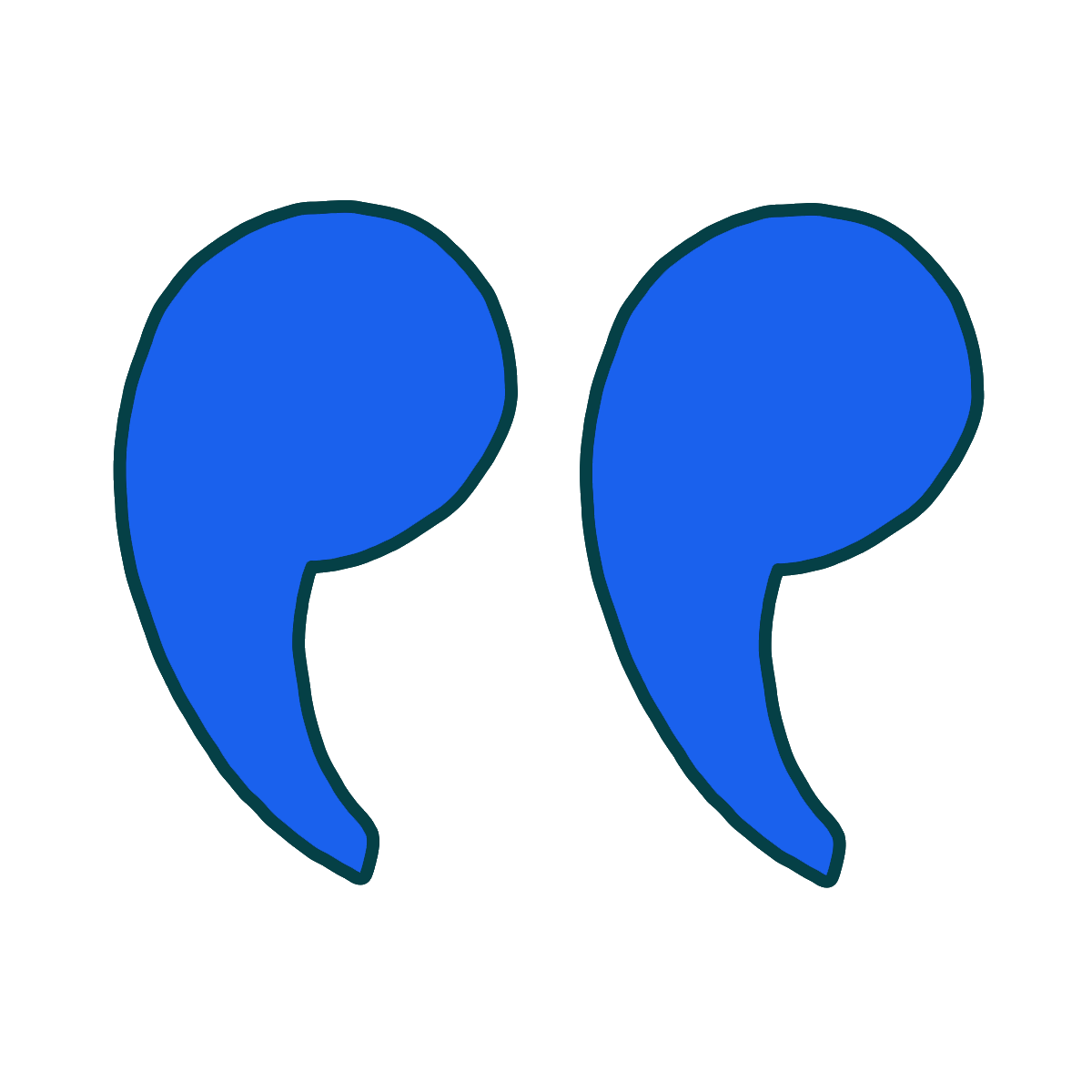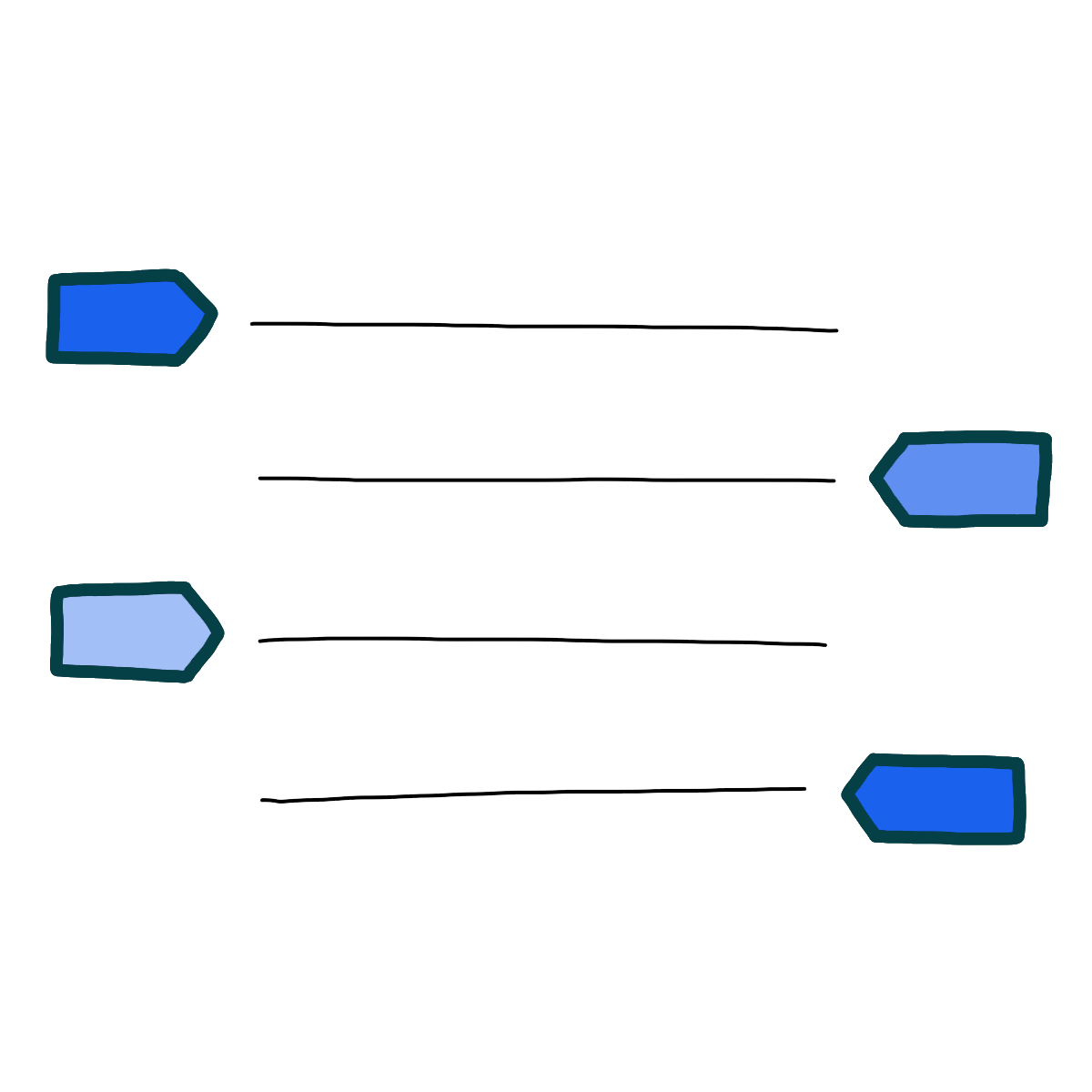At times, Piranesi experiences flashbacks from his former life in the form of surreal, fragmented images. Take this passage from Part 2:
I saw a black scribble against a grey Sky and a flicker of bright red; words drifted towards me – white words on a black background. At the same time, there was a sudden blare of noise and a metallic taste on my tongue. And all of the images – no more than fragments or ghosts of images really – seemed to coalesce around the strange word, ‘Batter-Sea’. I tried to get hold of them, to bring them into sharper focus, but like a dream they faded and were gone.
In this scene, Piranesi has one such flashback. He's reacting to the word "Batter-Sea," about which the Other recently questioned him. Later, the novel will reveal that Battersea is the name of the Other's home in the real world. However, even before this revelation, the sights and sounds the word triggers for Piranesi suggest it carries subconscious significance.
The flashback is a multi-faceted sensory experience, including sight, taste, and sound, suggesting that Piranesi's body remembers his past, even if his mind is afflicted by amnesia. The "blare of noise" and the "metallic taste" feel disruptive and violent, perhaps pointing to a traumatic event. The fact that Piranesi sees words, meanwhile, calls to mind his notebooks and highlights the significance of his meticulous record-keeping in the process of uncovering his past.
Later, Piranesi experiences another sensory flashback in reaction to hearing his real name: Matthew Rose Sorensen. The images in this vision from Part 4 are even richer and more detailed:
I seemed to be standing at the junction of many streets in a city. Dark rain poured down on me from a dark sky. Lights, lights, lights sparkled everywhere! The lights were many coloured and all were mirrored in the wet tarmac. Buildings rose up on every side. Cars rushed past. Words and images were inscribed on the buildings. Dark forms filled the streets; I thought at first that they were statues, but they moved and I saw they were people. Thousands upon thousands of people.
This seems to be an explicit memory of the real world, showing how Piranesi is closer to unearthing repressed knowledge of his past. Note, again, the importance of words as visual and sonic images that persist in the subconscious mind.
At times, Piranesi experiences flashbacks from his former life in the form of surreal, fragmented images. Take this passage from Part 2:
I saw a black scribble against a grey Sky and a flicker of bright red; words drifted towards me – white words on a black background. At the same time, there was a sudden blare of noise and a metallic taste on my tongue. And all of the images – no more than fragments or ghosts of images really – seemed to coalesce around the strange word, ‘Batter-Sea’. I tried to get hold of them, to bring them into sharper focus, but like a dream they faded and were gone.
In this scene, Piranesi has one such flashback. He's reacting to the word "Batter-Sea," about which the Other recently questioned him. Later, the novel will reveal that Battersea is the name of the Other's home in the real world. However, even before this revelation, the sights and sounds the word triggers for Piranesi suggest it carries subconscious significance.
The flashback is a multi-faceted sensory experience, including sight, taste, and sound, suggesting that Piranesi's body remembers his past, even if his mind is afflicted by amnesia. The "blare of noise" and the "metallic taste" feel disruptive and violent, perhaps pointing to a traumatic event. The fact that Piranesi sees words, meanwhile, calls to mind his notebooks and highlights the significance of his meticulous record-keeping in the process of uncovering his past.
Later, Piranesi experiences another sensory flashback in reaction to hearing his real name: Matthew Rose Sorensen. The images in this vision from Part 4 are even richer and more detailed:
I seemed to be standing at the junction of many streets in a city. Dark rain poured down on me from a dark sky. Lights, lights, lights sparkled everywhere! The lights were many coloured and all were mirrored in the wet tarmac. Buildings rose up on every side. Cars rushed past. Words and images were inscribed on the buildings. Dark forms filled the streets; I thought at first that they were statues, but they moved and I saw they were people. Thousands upon thousands of people.
This seems to be an explicit memory of the real world, showing how Piranesi is closer to unearthing repressed knowledge of his past. Note, again, the importance of words as visual and sonic images that persist in the subconscious mind.
Part 5 of Piranesi uses forgotten journal entries as a mechanism to flash back in time to when Matthew Rose Sorensen and Dr. Valentine Ketterley first met:
I visited him in mid-November. It was just after four, a cold blue twilight. The afternoon had been stormy and the lights of the cars were pixelated by rain; the pavements collaged with wet black leaves.
When I got to his house I heard music playing. A requiem. I waited for him to answer the door to an accompaniment of Berlioz. The door opened.
‘Dr Ketterley?’ I said.
In the scene that ensues, Piranesi's former self, Sorensen, interrogates the Other, also known as Dr. Ketterley, an academic and former disciple of Dr. Laurence Arne-Sayles. Dr. Ketterley performs a ritual which transports the disbelieving Sorensen into the House.
The use of flashback here is jarring. The reader is jerked out of the novel's present action and placed into the real world. In this way, the novel manipulates its form to make the reader experience the shock and displacement Piranesi feels upon discovering the truth about his identity and his relationship with the Other. Piranesi's journals have the power to transport him and the reader through time and memory, once again proving the power of his observation and meticulous record-keeping.







